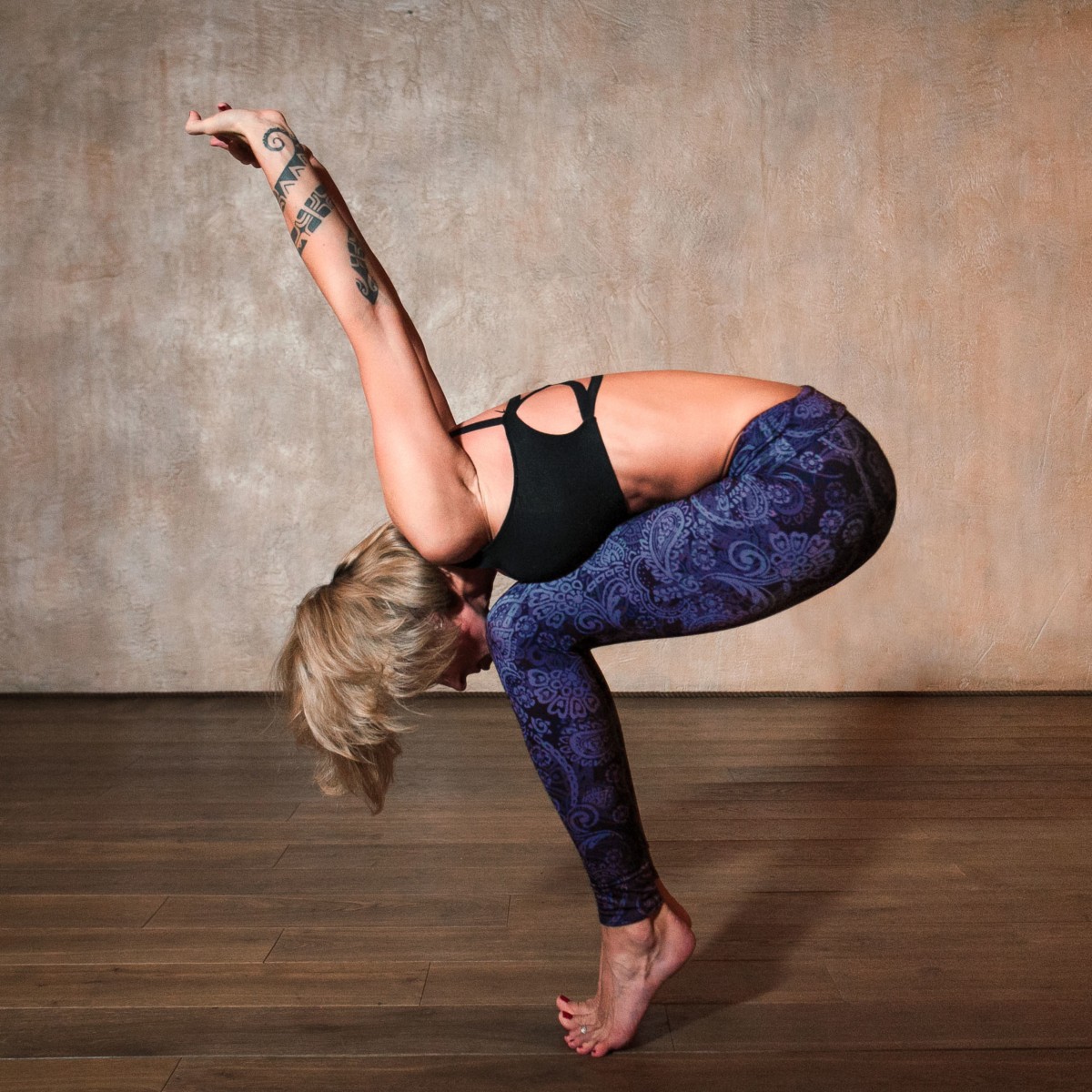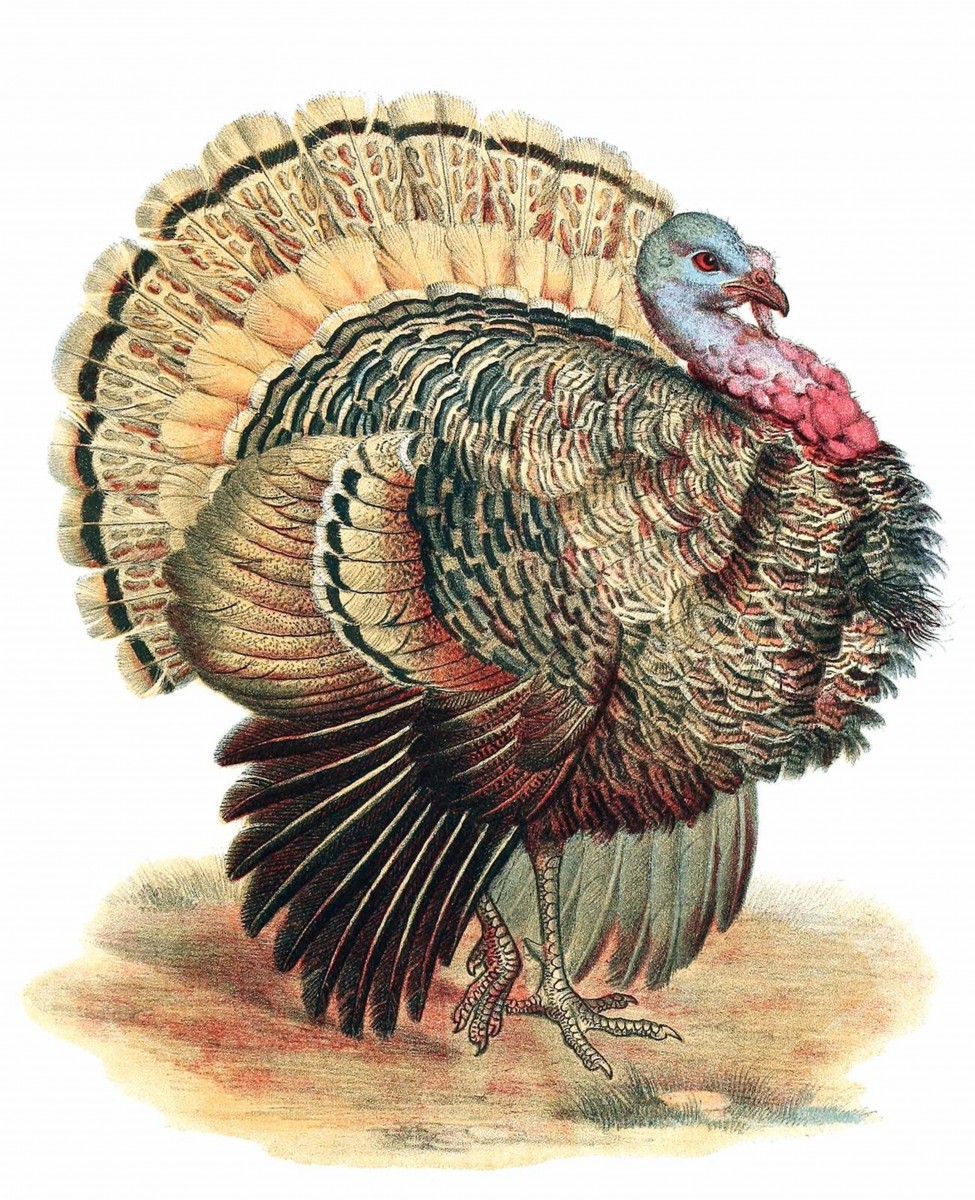
With the Spring equinox past us, we at DFC are finally convinced that winter might, possibly, be close to over! But in order to prepare for sunbathing and BBQ season, we have to do spring’s dirty work first. Chez Moi, that involves waiting for the snow to melt, then clearing winter debris from my garden and any dog (ahem) “deposits” I may have missed from my lawn.
This requires a lot of bending over. And ever since my epic fight with a post hole a couple years back that did a number on my ankle and knee, I’ve been looking for better ways to bend. I’ve discovered a fascinating take on the topic on NPR, which points out my search might have been over sooner, had I looked outside the Western physical tradition.
Reporter Michaleen Doucleff describes a unique way of bending over that she witnessed on assignment in Liberia — she saw women at work in gardens uniformly hinging from the hip with a flat back, instead of curving their spines (like “a cashew”) as many North Americans do. Stuart McGill, Professor Emeritus of Kinesiology at the University of Waterloo calls this action “hip hinging,” and considers it one of the healthiest ways to bend in the world. Unlike ours:
“When people bend with the cashew shape in their back — like we often do — they’re bending their spine. ‘That puts more stress on the spinal disks,’ McGill says.
Disks are little rings of collagen found between each vertebra, which form a joint. But they aren’t made for tons of motion. ‘They have the mechanical characteristics of more like a fabric,’ McGill says.
‘If you took a cloth, and you kept bending and stressing it, over and over again, the fibersof the weave of the cloth start to loosen up and delaminate,’ he says.
Eventually, over time, this fabric can fray, which puts you at risk of slipping a disk or having back pain.”
But, if you use the tough ball-and-socket hip joints as the fulcrum of your bend, you are able to keep your spine neutral — and happy! (Not so your hamstrings, which in our sedentary culture are frequently quite tight. McGill cites this as a possible reason why hip hinging disappeared in Western culture.)
I’m looking forward to getting some good hammy stretches in and trying some hip hinges as soon as weather permits. (Instructions for a proper hip hinge can be found in the NPR segment.) After all (to mangle a proverb), we are only as strong as our weakest link — our joints. So I think it’s a good bet to confront spring’s toughest jobs with the toughest joint we got!
I have learned to accept the fact that my dogs are not only the best but also the most beautiful and smartest dogs on earth. (We all have our crosses to bear…) But it turns out that Jill and  Samson share a specific kind of intelligence with other representatives of their species: “mirroring” — that is the ability to spot and subtly adjust posture, behaviour, and emotional levels to mimic those of a human companion. The theory is that this talent arose out of an evolutionary need to “foster social cohesion” between dogs and the bipeds-who-keep-throwing-away-perfectly-good-scraps.
Samson share a specific kind of intelligence with other representatives of their species: “mirroring” — that is the ability to spot and subtly adjust posture, behaviour, and emotional levels to mimic those of a human companion. The theory is that this talent arose out of an evolutionary need to “foster social cohesion” between dogs and the bipeds-who-keep-throwing-away-perfectly-good-scraps.
A recent French study of 36 dogs and their owners, published in Animal Cognition, shows just how good puppers can be at anticipating the moods and needs of their people. From NPR:
[… T]he owner dog pairs experienced three testing conditions presented in random order. These were: stay-still (owner didn’t move for 10 seconds), normal-walk (owners walked at normal speed for 10 seconds), and fast-walk (owner walked fast for 10 seconds). Importantly, the dogs were off-leash and, thus, not tethered in any way to the speed of the owners. The owners were told not to look at, or talk to, their dogs — or to show any evident emotion. […]
The dogs synchronized their pace closely with their owners, speeding up when the owners walked at an unnaturally fast pace. […]
The dogs spent more time gazing at their owners in the fast-walk condition than in the other two conditions. The dogs were carrying out a form of social referencing, checking in with their owners in a condition that was unusual and, thus, uncertain for them.”
There was also an interesting breed-based difference as well: half the dogs in the experiment were shepherds, and they spent more time on average looking toward their humans. In our experiences with Jill (a Shiloh Shepherd), we find anecdotal support of the results: shepherds love to guide their humans and work with them, which involves a lot more checking in. (The other half of the dogs in the experiment were “molossoids,” or protector dogs, like Newfoundlands or Rottweilers. These types of dogs evolved to be autonomous when looking outward for threats.)
Samson is a retriever dog, a type not involved in this experiment. He’s definitely exhibited mirroring… but he’s equally content to ignore his humans completely when a chipmunk or snake darts under the porch! I’m sure that if science meets our wild card Samson one day, they’ll finally be stumped. Until then, we’ll take the responsibility of our dogs’ emotional interdependence with us to heart!
We at DFC are suckers for small robots that do cool things, but that we could still totally overwhelm if they suddenly gained sentience and joined the uprising against humanity that is surely coming.
New to that long list is this cool innovation from the Max Planck Institute for Intelligent Systems: a millimetre-scale robot made of a strip of elastic and magnets, which boasts a wide variety of locomotive options. According to its creators, it can:
“swim inside and on the surface of liquids, climb liquid menisci, roll and walk on solid surfaces, jump over obstacles, and crawl within narrow tunnels. These robots can transit reversibly between different liquid and solid terrains, as well as switch between locomotive modes. They can additionally execute pick-and-place and cargo-release tasks.”
The robot, which looks like a small tab of black rubber, does all of this in response to its operator controlling the levels of magnetism in different parts of its body. (Check out a detailed video of it in action here!) In addition to being rad, this little bot and its flexibility has the exciting prospect of being deployed for medical uses (like targeted drug delivery) inside the human body. I for one welcome our new tiny robot doctors!

As a rural driver, I have to deal with lots of unusual obstacles on country roads: from turtles to turkeys, to the occasional deer. But all of these pale in comparison to sharing the asphalt with cyclists! I totally respect their right to be on the road, and I carefully maintain proper distance and predictability in my driving around them — but jeez, if something small goes wrong for either of us, it could be very bad.
And this is coming from a person, with common sense and one of evolution’s most flexible computers, the human brain, whirring away in her head. If a human driver could have so much trouble negotiating the presence of a cyclist on the road, imagine the difficulty a self-driving car would. Thankfully, this is a tricky spot that is currently being addressed.
Everyone’s favourite vehicle of the future is still working out a lot of kinks. One particular task quite a few research teams are working on is improving self-driving cars’ recognition rate for bicycles. The jumping-off point is the relative success the technology has had with recognizing other cars. Bikes pose a unique problem, as their small mass and irregular shape, colour, and “behaviour” is less immediately identifiable than a car’s boxy shape and predictable physics. So folks are busting out some serious machine learning to remedy this problem, including the map-based Road Experience Management from Mobileye and the fascinating Deep3DBox algorithm.
“On an industry-recognized benchmark test, which challenges vision systems with 2D road images, Deep3DBox identifies 89 percent of cars. Sub-70-percent car-spotting scores prevailed just a few years ago.
Deep3DBox further excels at a tougher task: predicting which way vehicles are facing and inferring a 3D box around each object spotted on a 2D image. “Deep learning is typically used for just detecting pixel patterns. We figured out an effective way to use the same techniques to estimate geometrical quantities,” explains Deep3DBox contributor Jana Kosecká, a computer scientist at George Mason University in Fairfax, Virginia.
However, when it comes to spotting and orienting bikes and bicyclists, performance drops significantly. Deep3DBox is among the best, yet it spots only 74 percent of bikes in the benchmarking test. And though it can orient over 88 percent of the cars in the test images, it scores just 59 percent for the bikes.”
So there’s still a good deal of development in the cards for most of these solutions — but, the great thing about this sort of machine learning is that after a certain point, they could potentially teach themselves! I’m a fan of anything that makes our roads safer for everybody — now if an A.I. could just talk some sense into those turkeys…